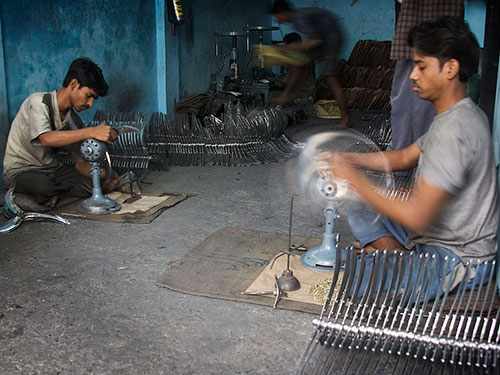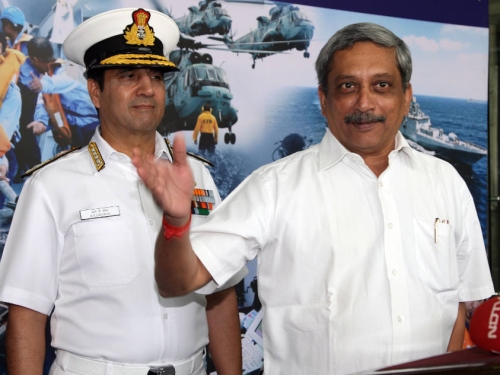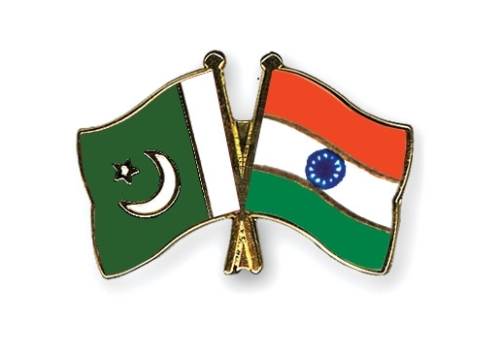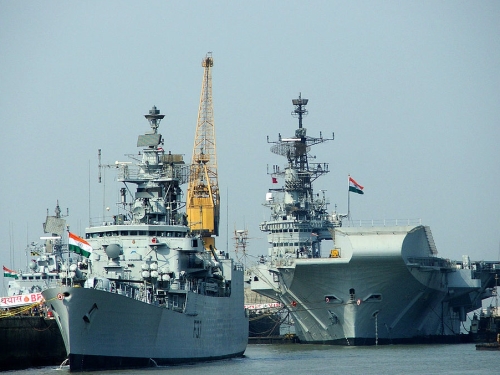
This article was originally published by E-International Relations on 15 April 2016.
Professor Amitav Acharya is the UNESCO Chair in Transnational Challenges and Governance and Professor of International Relations at the School of International Service, American University, Washington, D.C., and the Chair of its ASEAN Studies Initiative. He served as the President of the International Studies Association during 2014-15. He is author of Whose Ideas Matter?, The Making of Southeast Asia, Rethinking Power, Institutions and Ideas in World Politics and The End of American World Order.




